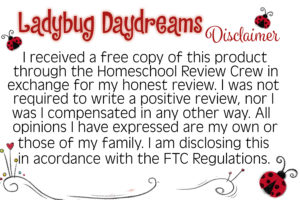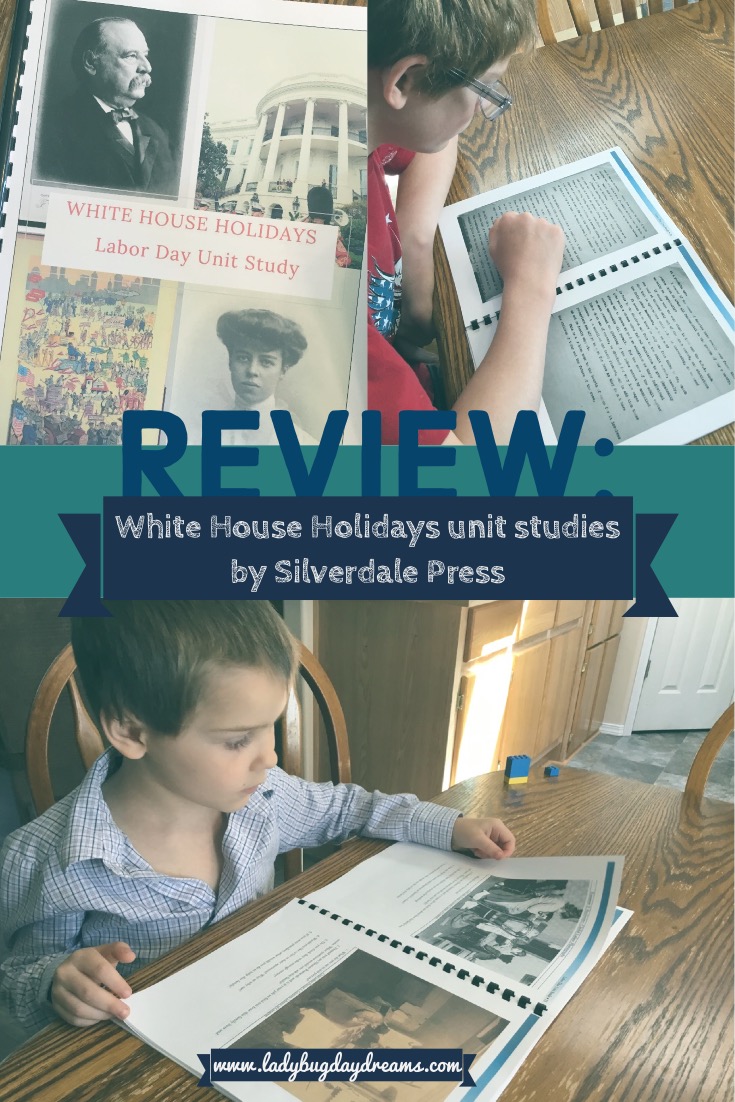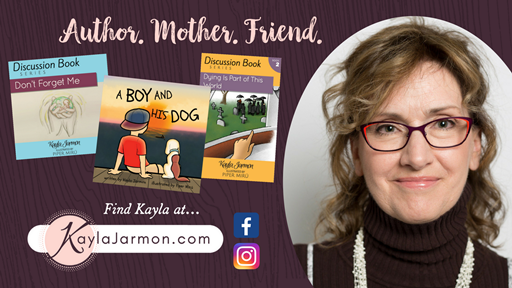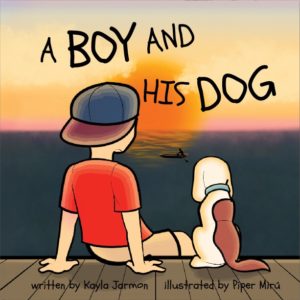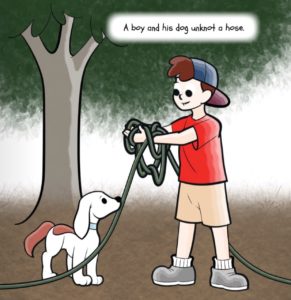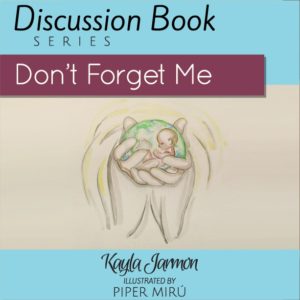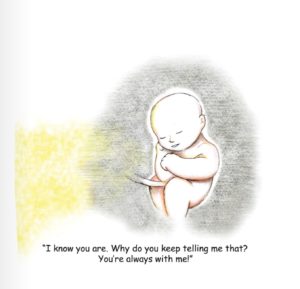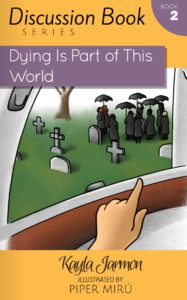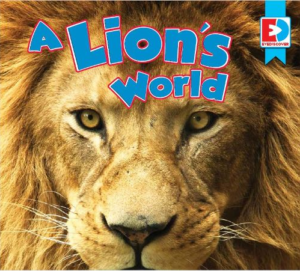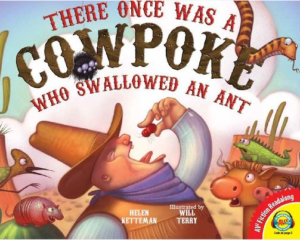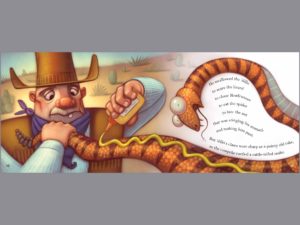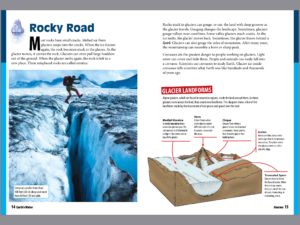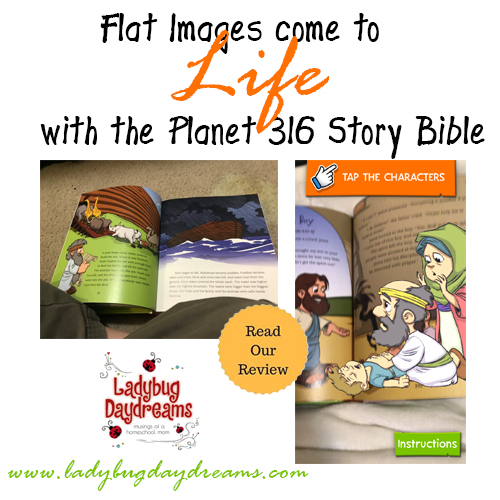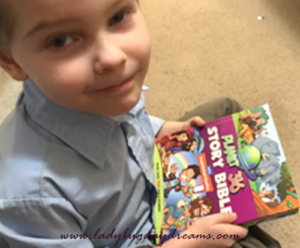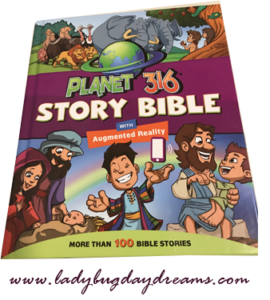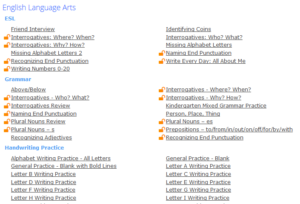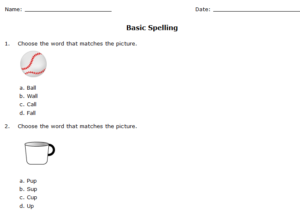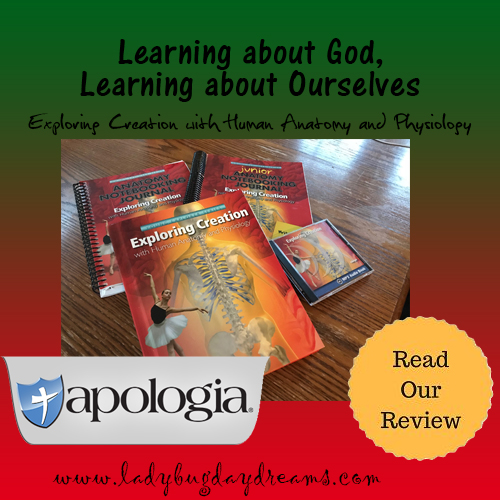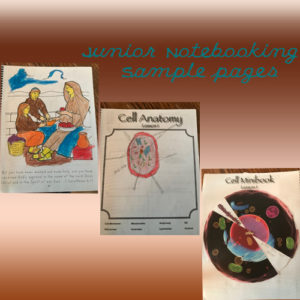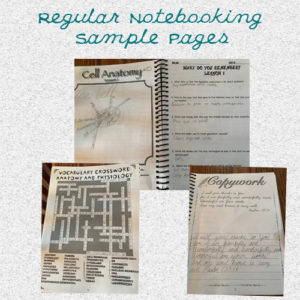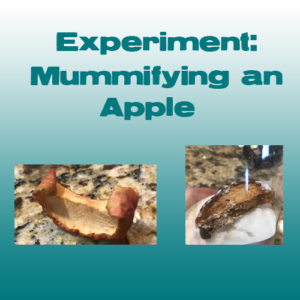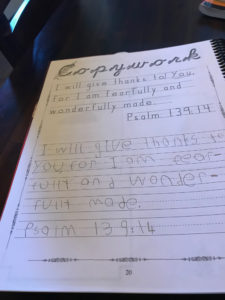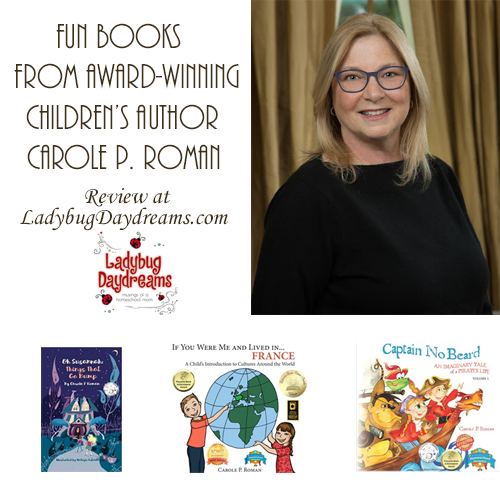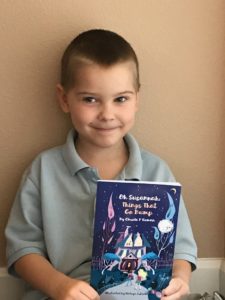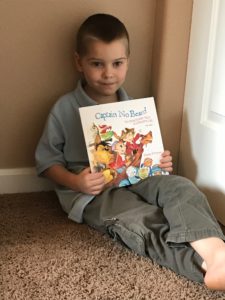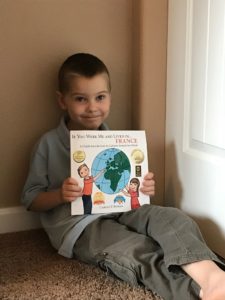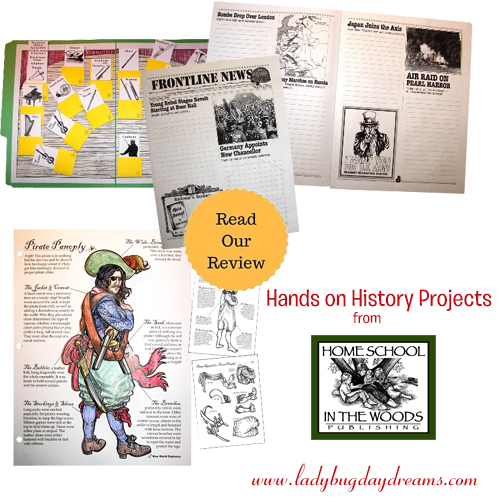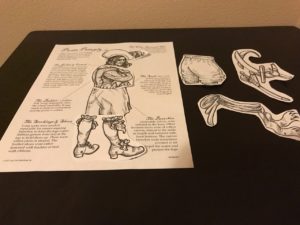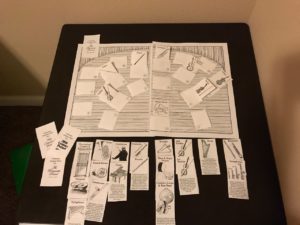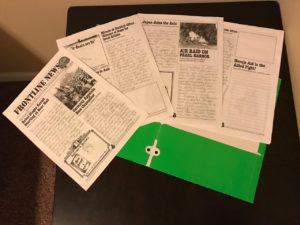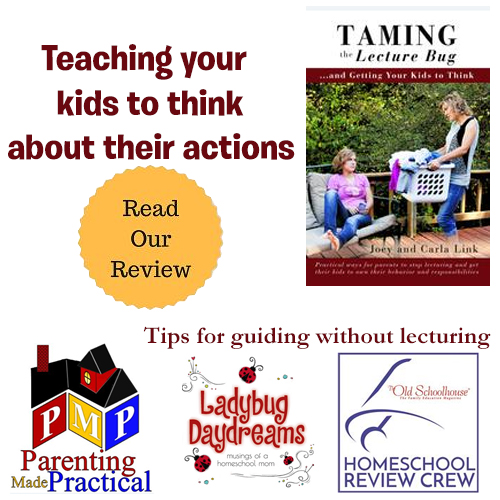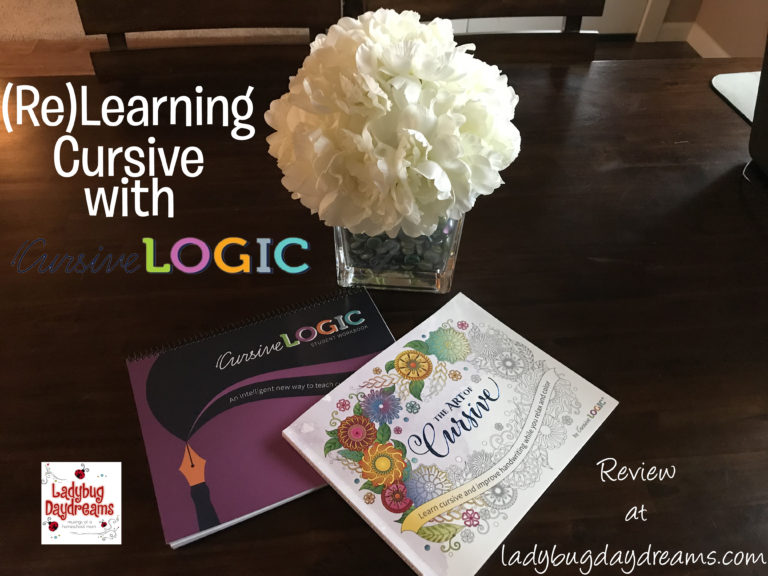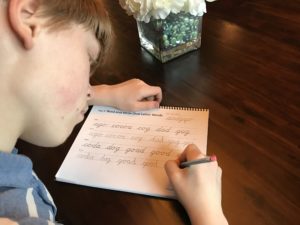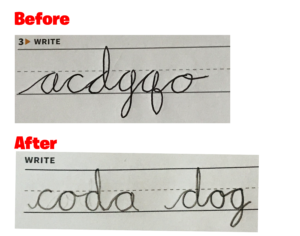White House Holidays (review)
Unit studies are a really fun way to learn, but it can be difficult to find those that work for a) older kids and b) a large age range of kids. Silverdale Press LLC has done just that with their White House Holidays Unit Studies. Each of the unit studies has activities for kids in elementary school and a separate section with middle and high school level activities. Holidays available for study are Labor Day, Veterans Day, Thanksgiving, Christmas, Martin Luther King Jr Day, and Valentine’s Day. Each unit study has between 3 and 5 lessons, and it’s easy to move through quickly (a whole study in a week) or take your time and get really in depth (one lesson per week). We split the difference and kept it fairly simple but still just one lesson per week.
We focused on the Labor Day study, and even though it only had three lessons, it was the only one we were able to do. Allow me to explain… even though these PDFs arrived in my email as “attachments,” the link opened up a Google doc rather than a download. Because of this Google doc format, I was unable to download any of them to my iBooks app, and since I’ve had very limited internet access until recently (last week, to be precise), I couldn’t spend the time I needed to be able to get the download figured out. And as soon as I left Starbucks (read: internet), I no longer had digital access to the files. I was finally able to get the file printed (long story, but basically I had to have access to 3 things all together that I rarely do: computer rather than iPad, internet, and our printer). A real PDF would have eliminated this problem for me, but it’s okay; it all worked out in the end.
 Back to the Labor Day study. It opens with a note from the author, explaining why she chose to write these studies (as a homeschool mom, she wanted a rich study if the holidays for her kids; as a presidential scholar, it made sense to wrap the studies in that blanket to do so). This note also gives a basic overview of how the studies are laid out. Up next is the table of contents, followed immediately by the first lesson for grades K-6.
Back to the Labor Day study. It opens with a note from the author, explaining why she chose to write these studies (as a homeschool mom, she wanted a rich study if the holidays for her kids; as a presidential scholar, it made sense to wrap the studies in that blanket to do so). This note also gives a basic overview of how the studies are laid out. Up next is the table of contents, followed immediately by the first lesson for grades K-6.
The lessons are well written, with an overview on the first page on each one so you can easily see the required materials, things you can expect your student to learn during the lesson, estimated time, and lesson plan.
 For the younger kids, lessons consist mostly of talking, reading, and a simple craft – for Labor Day, recreating a poster for the first ever Labor Day in lesson 2 and a story in pictures in lesson 3. I talked over the lessons and read the information to Small Fry, my 5-year-old. There are quite a few pictures of child labor to look over and discuss with children as well, and each has questions to guide you through the discussion. For children at the upper end of this age range, you could also have them write their answers down report-style. We didn’t do much in the way of the crafts because my kids prefer to use their own ideas when they’re being creative rather than something that’s been assigned. I felt that they got a good understanding of the material using just the read-aloud lessons and questions and answers, anyway.
For the younger kids, lessons consist mostly of talking, reading, and a simple craft – for Labor Day, recreating a poster for the first ever Labor Day in lesson 2 and a story in pictures in lesson 3. I talked over the lessons and read the information to Small Fry, my 5-year-old. There are quite a few pictures of child labor to look over and discuss with children as well, and each has questions to guide you through the discussion. For children at the upper end of this age range, you could also have them write their answers down report-style. We didn’t do much in the way of the crafts because my kids prefer to use their own ideas when they’re being creative rather than something that’s been assigned. I felt that they got a good understanding of the material using just the read-aloud lessons and questions and answers, anyway.
Lessons for older kids follow the same format, with the overview and lesson plan on the first page followed by the text and images for the lesson itself. Older kids can – and are encouraged in the lesson plan – to do the reading independently. Discussions should happen with a parent though. Their activities in lessons 2 and 3 are more involved than just making a craft; they get to analyze past and current Labor Day speeches given by presidents and learn how to get involved by choosing a workers rights issue and writing a letter to their local congressman.
All three lessons for the younger kids are together, and the lessons for middle and high school follow. This makes it easier to print just what you need if you have kids in just one of the age ranges.
Overall, this has been a really good learning experience for my kids. They didn’t know much about Labor Day (other than it means “the end of summer break”), so I’ve been glad to teach them more about this national holiday and why it’s important. It will be a good one to repeat every couple of years to remind them of its importance.
Blessings,

